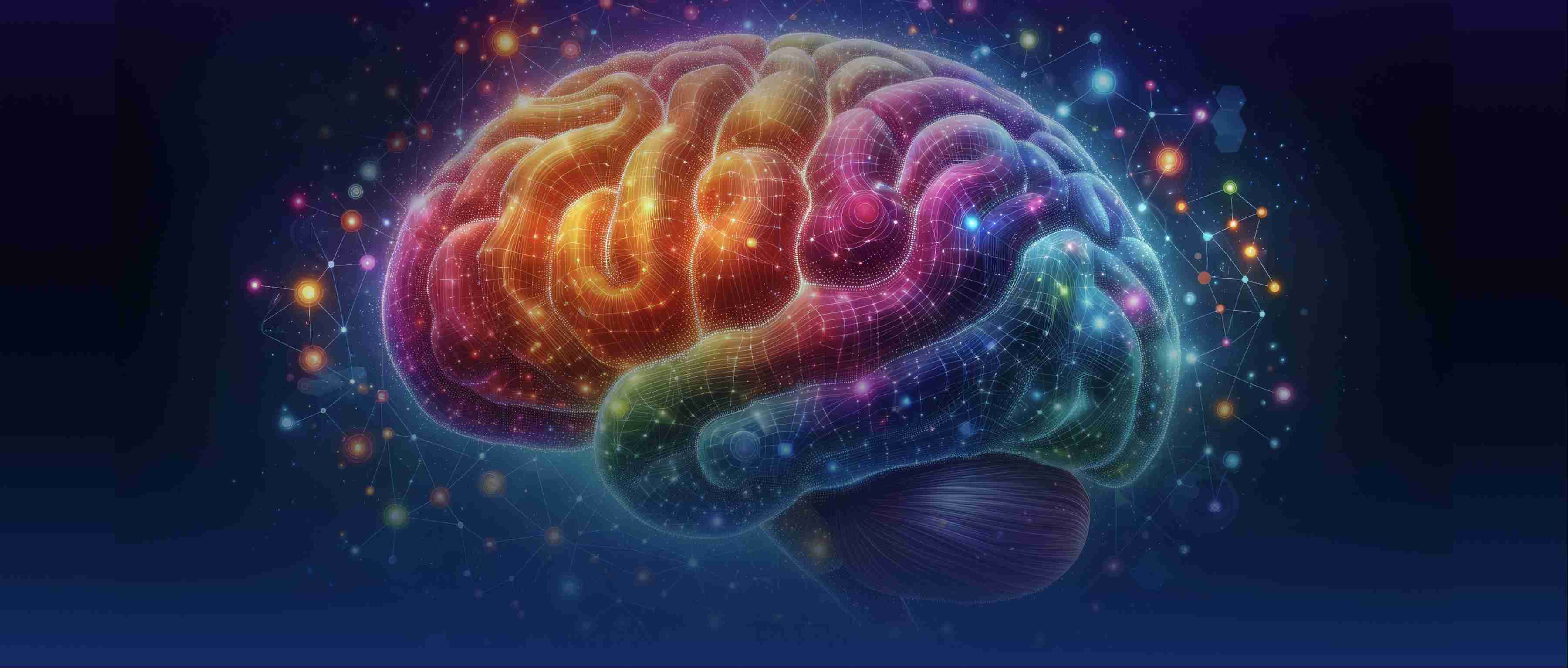In artificial intelligence (AI), reasoning refers to the process through which systems derive conclusions from available information. The different types of reasoning in AI primarily include deductive reasoning, inductive reasoning, and abductive reasoning. Each of these methods serves distinct purposes and utilizes different approaches to problem-solving.
Deductive reasoning is a top-down logical approach where conclusions are drawn from general premises or rules. In this type of reasoning, if the premises are true, the conclusion must also be true. For instance, if we know that "All birds can fly" and "A sparrow is a bird," we can deduce that "A sparrow can fly." This form of reasoning is commonly implemented in rule-based systems, such as expert systems, where predefined rules are applied to specific situations to reach conclusions. A common use case is in diagnostic systems for medical applications, where established guidelines can help determine potential conditions based on a patient’s symptoms.
Inductive reasoning, on the other hand, takes a bottom-up approach. Here, conclusions are made based on specific observations or cases, leading to generalizations. For instance, if several swans we've observed are white, we may conclude that all swans are white. However, this conclusion is not guaranteed to be true because it is based on limited observations. In AI, inductive reasoning is often used in machine learning, where models learn from data patterns. For example, a spam filter is trained on past emails to identify characteristics of spam messages and uses that learned information to classify new emails.
Abductive reasoning is a bit more complex and involves forming the most likely explanation for a set of observations. It is often described as "inference to the best explanation." For example, if you come home and find the ground wet, you might abductively reason that it rained, even though that’s not the only possible explanation (someone might have watered the plants). In AI, this type of reasoning is used in scenarios where there are incomplete or uncertain data. For example, in diagnostic systems, a system might suggest a possible illness based on symptoms observed, even though other conditions could also match. Each type of reasoning is essential for different applications in AI, enabling systems to analyze information and make informed decisions effectively.
